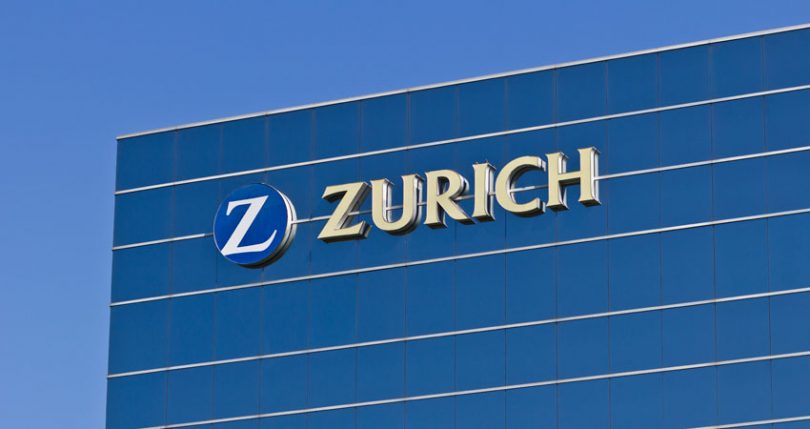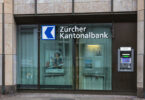Two weeks ago Accenture announced the blockchain integration of an existing Zurich back-end system for surety bonds. Ledger Insights approached Accenture for more detail.
Surety bonds are used to guarantee performance, for example, in construction contracts. In this sort of project, an insurer will provide a surety or guarantee to the client or building owner in case the construction company fails to meet their obligations.
The project started in November 2017 and Accenture spent four months producing a minimum viable product. After that Accenture refined the product for production, and it went live two months ago. The only parties that have access are the commercial partners and customers that are registered to use the platform in Benelux.
Why blockchain?
The system consists of three parts. The existing Zurich back-end system, a new user interface (UI) and the blockchain.
Ledger Insights asked why blockchain and how the pieces fit together. Below is an emailed response from Karim Grini, Blockchain Technology Team Lead for Accenture Belgium and Luxembourg:
“The surety bond management is handled in a large & complex ecosystem. Many parties need to interact with the same data, based on pre-defined rules and there is a high need for valid data and trust between the different parties. Traceability and transparency are crucial in the decisions made and the evolution of a bond.”
“Different parties will be able to access the platform of surety bond management and view/validate/use data about surety bonds between the Insurance Provider (Zurich) customers, Insurance Partners (e.g. Co-insurers or Brokers), Notaries, Beneficiaries, etc.”
“The bonds and their terms are translated in smart contracts which replicate the same business rules and validation logic as in the real world. Each party has a role, an identification, a clear set of permissions, that allow them to trigger specific functions of a bond (e.g. to update the value of a field). The new UI allows the customer/partners to interact with the smart contract layer which is supported by the Blockchain platform.”
The process
First off, a customer requests a bond and provides the relevant information to the insurer. The insurer will asses the bond and validate a draft version of the bond. The next step is for the customer to get the necessary signatures and confirmation. Sometimes additional parties get involved, for example, an architect or a notary.
“The blockchain brings together the different parties that need to interact with the insurance bonds on the same platform. Each member sends transactions to the blockchain network at each step of the process. The transactions are validated by pre-selected party/parties based on specific business rules and added to the blockchain,” explained Grini.
“The bond smart contract is available on a shared platform, in such a way that all parties benefit with transparency and traceability on the transactions that concern them. Moreover, all parties have access to the latest up to date data at all times.”
Technology
The bond application uses Hyperledger Fabric and Accenture is managing the network. Accenture’s setup allows nodes to be installed on-premise or in a private or public cloud.
Next steps
It’s still early days, so Accenture needs to get more feedback on the platform. But there are numerous possibilities for the future. The most obvious one is to expand the ecosystem. Another is to re-use the platform for a different market.






